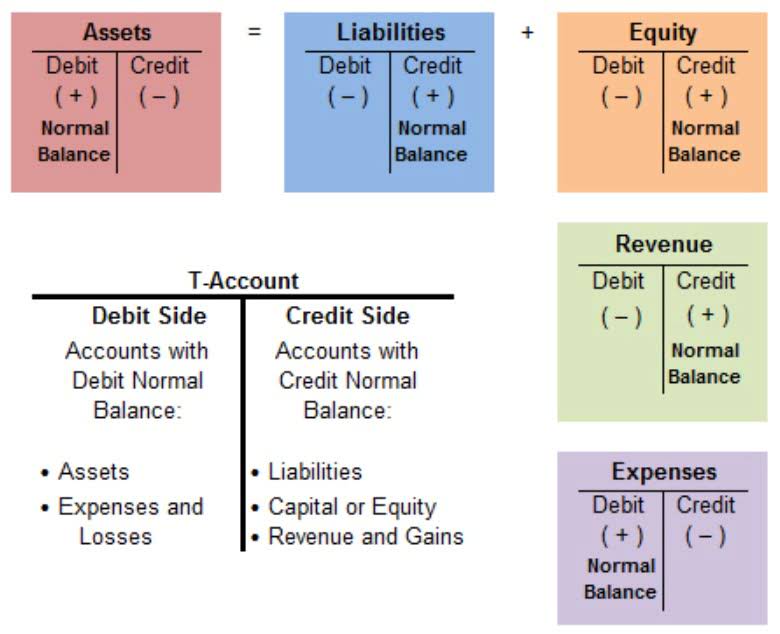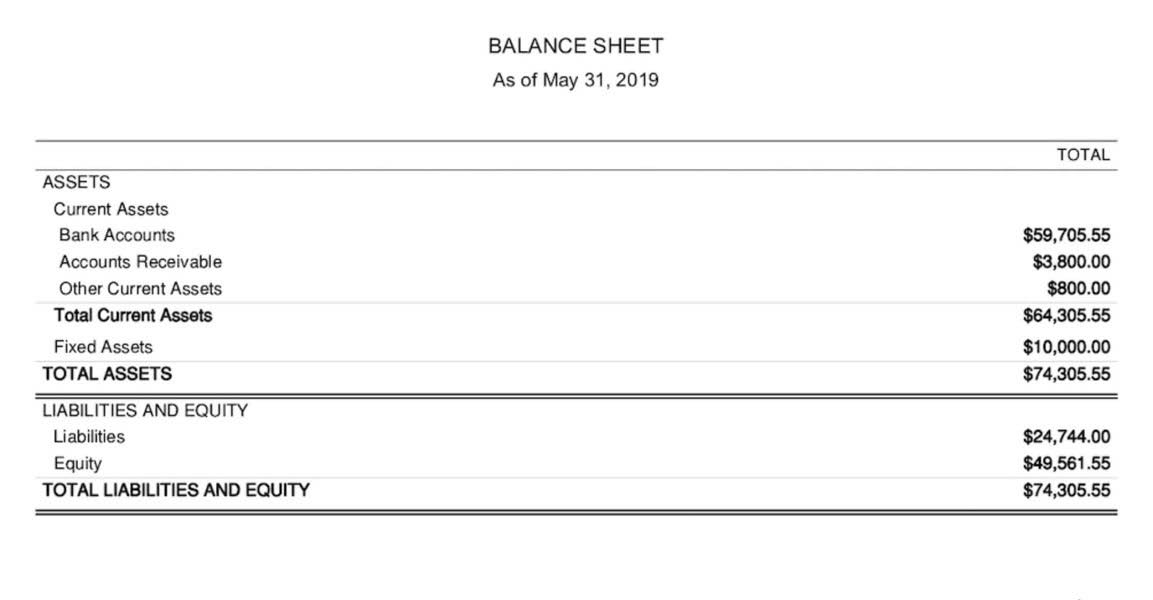Wire Transfer vs Electronic Transfer The Difference Explained

They are processed by different networks, such as SWIFT for international payments and Fedwire for domestic ones. A wire transfer order is sent through a messaging system from the sender of the funds to the recipient. Its name comes from the telegraphic wires that Western Union originally used to “wire” funds from one person to another. When it comes to sending money internationally the chances are your bank will suggest you make a wire transfer. That’s often convenient and reliable — but it can be pretty slow and expensive, too. Whether a wire or an EFT is better for you will depend on the specific transaction you need to make.
- If speed is your priority, wire transfers tend to be the fastest option.
- Electronic transfers offer speed and convenience with lower fees, making them ideal for everyday transactions.
- If the money is to be received via a WU agent for example, your wire transfer will not use the SWIFT network.
- A bank transfer is a payment method that allows consumers and business owners to transfer money to a bank account.
- Transaction speed is another area where wire transfers often have the upper hand, especially for domestic payments, which can be settled within the same business day.
- When sending money across borders, additional considerations come into play.
Volume and frequency of transactions
- A wire transfer is an electronic money transfer that sends money between bank accounts directly.
- Electronic payments — also called EFTs — cover a broad range of payment types from ACH transfers to spending using your debit or credit card in a store.
- However, it is important for users to ensure they are using secure networks and devices when initiating EFT transactions to minimize the risk of fraud or data breaches.
- We are here to spot the difference between wire transfer and electronic transfer and which one is the best for your transfer needs.
- Systems such as the Federal Reserve’s Fedwire Funds Service or the SWIFT network expedite domestic and international wire transfers, ensuring secure and rapid fund movement.
The recipient’s bank receives the information from the initiating bank and deposits its own reserve funds into the correct account. The two banking institutions then settle the payment on the back end after the money has been deposited. Most banks separate fees into incoming and outgoing wire transfer fees, and whether the transfer is domestic or international. Outgoing wire transfer fees range from $20-35 for domestic transfers, and $35-50 for international transfers.
The Growing Importance of Electronic Transfers

Wire transfers are a highly secure method for transferring funds, thanks to banks and credit unions applying robust encryption and Restaurant Cash Flow Management security protocols to safeguard these transactions. With the swift pace of modern finance, wire transfers simplify the transfer of funds by offering a streamlined process, ensuring efficient transactions. ACH transfers are routed through the ACH network in bundles and may be slowed down by internal review processes or otherwise processed on a delayed cycle.
Convenience

If speed is your priority, wire transfers tend to be the fastest option. International wire transfers or remittances usually payroll arrive within 1-2 working days. Financial institutions follow strict protocols to authenticate and verify wire transfer requests, minimizing the risk of fraudulent transactions. Additionally, wire transfers are often accompanied by detailed transaction records, providing a clear audit trail for both the sender and the recipient.
Cost
Wire transfers and EFTs are wire transfer vs electronic transfer often confused, but there are differences between them. EFT is an umbrella term encompassing all automatic electronic transfers, while wire transfers are a specific type of EFT. EFTS can be moved domestically, internationally, for making online purchases, ATM transfers and withdrawals, bank transfers, or telephone instructed transfers. Telegraphic transfers (TT) were the earliest form of an electronic money transfer (EFT) method to transfer funds between banks using cable or telegraph lines. As globalization and ecommerce continue to grow, moving money electronically and making international money transfers are becoming increasingly common in both personal and business transactions.

Wire Transfer vs Electronic Transfer

However, because direct deposits are usually used for regular, repeat payments, like salaries, they’re a pretty swift way of getting paid too. By following these security measures, you can minimize the risk of unauthorized access to your funds during the wire transfer process. Is an e-commerce expert with an emphasis on digital marketing and payment processing with 15 years of industry experience. He combines this experience with an in-depth understanding of online retail and public relations to help other businesses grow and succeed. By evaluating these differences, individuals can choose the method that aligns best with their financial goals and preferences. Making informed decisions can lead to more efficient and cost-effective money management.
- If you’re transferring money to an account at another bank, however, the receiving bank may charge an incoming wire transfer fee.
- Wire transfers are also irreversible, meaning that once the money is sent, it cannot be canceled or refunded.
- They also need to provide the recipient’s name, bank name, account number, and routing number.
- Although they’re both effective, secure fund transfer methods, they differ in their processes, speed, costs, and ideal use cases.
However, larger or less common transactions may require additional verification to comply with anti-fraud measures. Wire transfers, on the other hand, are significantly faster, often processed in real-time or within a few hours. This speed is possible because wire transfers are handled individually rather than in batches, enabling immediate verification and settlement.

This system verifies transactions and moves funds between banks according to guidelines like the NACHA Operating Rules, which standardize timing and processing. A wire transfer is a kind of electronic funds transfer in which funds are moved from one bank account to another or transferred in cash at a cash office. Bank-to-bank wire transfers are facilitated by a secure messaging system like SWIFT. Users can initiate transfers from the comfort of their homes or offices, without the need to visit a physical bank branch.
What are ACH payments?
The banks must have reciprocal accounts with each other or the transfer must be sent via a bank with such an account. Moreover, many banks and financial institutions offer incentives for using electronic transfers, such as waiving fees for online bill payments or direct deposits. This can result in additional savings for individuals and businesses conducting frequent transactions. Despite the additional step, electronic funds transfers are relatively simple. Cost for an electronic transfer varies from provider to provider but can be as little as a fraction of a cent per transfer. Because of the low cost, many online banks and financial institutions will initiate an electronic transfer for free.
